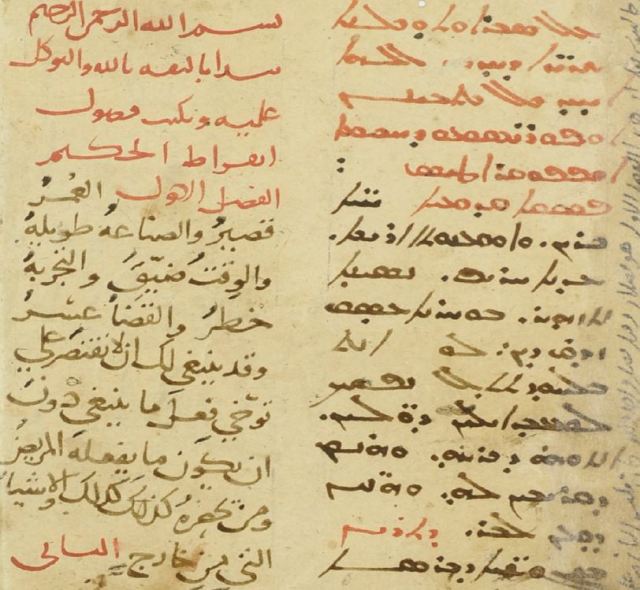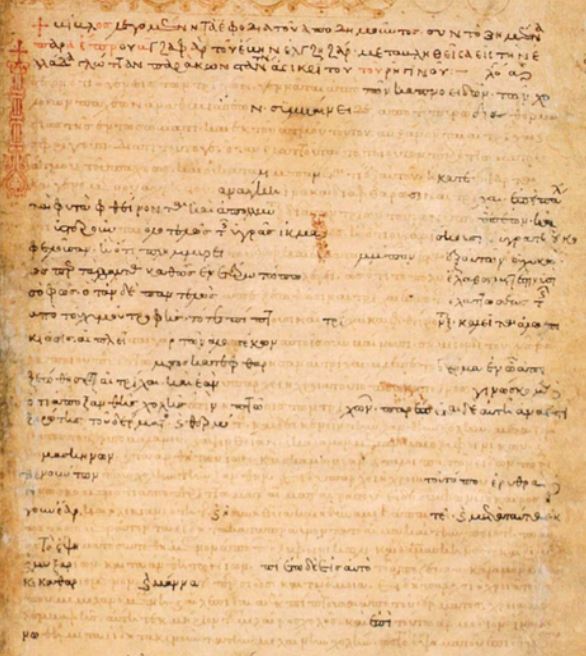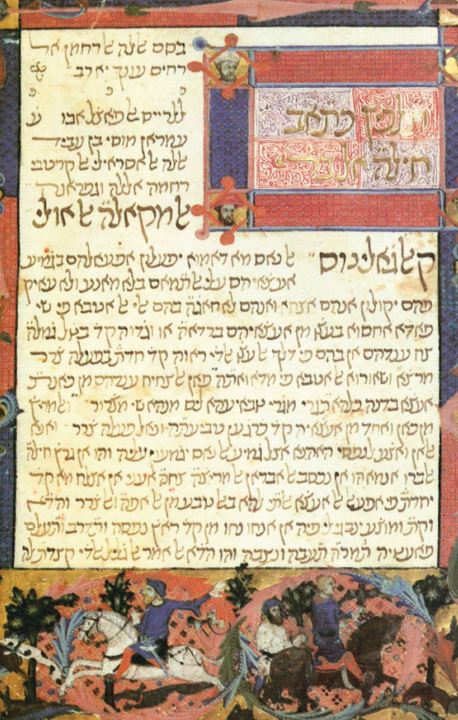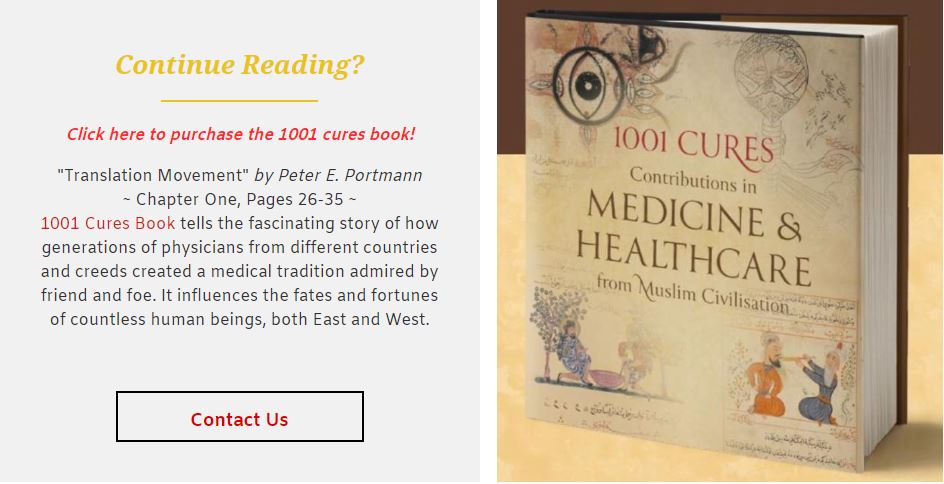“Life is short, the Art is long”*

The translation is one of the most powerful drivers in the development of science and medicine. From the earliest periods of recorded history until today, translation has played a crucial role in propagating scientific knowledge.
For most of the medieval and early modern periods, Latin was the lingua franca in which medicine was taught, discussed, and written about throughout Europe, and it was only through a long process of translation that medical knowledge became accessible in various European vernaculars such as German, French, English, and Russian.
Even during the nineteenth and twentieth centuries, translations between these vernaculars furthered knowledge transfer and helped promote scientific research and progress. In the early twenty-first century, English emerged as a new scientific lingua franca, playing a similar role to that of Latin during the Middle Ages or Greek in Antiquity.

Arabic also emerged as a lingua franca of scientific exchange during the medieval period as a result of the famous Graeco-Arabic translation movement. On the shores of the Guadalquivir and the Ganges, physicians wrote medical treatises in Arabic. Even in early modern Europe, there was a clear sense that Arabic was the language of science par excellence. For this reason, the Franciscan Friar Roger Bacon (c. 1214–92) advocated the study of Arabic, and John Selden (1584–1654), a prominent lawyer, historian and linguistic scholar, said that:
‘the liberal and correctly taught sciences were for a long time called by us ‘the studies of the Arabs’ or ‘Arabic studies’ (Scientiae Liberales ritèque institutae, diù ante vocari solebant a Nostris Studia Arabum & Arabica Studia)’
This is quoted in Pormann 2013a, 73, Dimitri Gutas (1998, 8), who studied the Graeco-Arabic translation movement in detail, rightly likened it to classical Athens or Renaissance Italy in importance and impact.
What then was this great movement that so profoundly shaped the fates and fortunes of countless human beings?

From the second half of the eighth to the first half of the tenth century, the majority of Greek works read and studied in late antique Alexandria were translated into Arabic. These translations included not only philosophy (e.g. Aristotle, Plato, Plotinus, Porphyry), mathematics (e.g. Euclid), astronomy and astrology (e.g. Ptolemy), medicine (e.g. Hippocrates and Galen), engineering (e.g. Hero of Alexandria), but also some popular philosophy (gnomological collections) and literature (e.g. the Alexander Romance, Menander one-liners).
For the sake of convenience, one may divide this translation movement into three periods:
1) an early one in the late eighth century when a technical vocabulary had not yet been established;
2) the heyday in the mid-ninth century; and
3) a later period in the early tenth century.
The two main groups of translators during the second period coalesced around al-Kindī, the so-called ‘philosopher of the Arabs’ (c. 801–66) and Ḥunayn ibn Isḥāq (c. 808–73), respectively. The later period is chiefly associated with a group of Aristotelian philosophers in Baghdad who gathered around al-Fārābī (d. c. 950).
Uncover more in 1001 Cures: Contributions in Medicine and Healthcare from Muslim Civilisation.
Note: This article, “Translation Movement” written by Peter Pormann, is Chapter 1, Pages 26-35, extracted from the book “1001 Cures: Contributions in Medicine & Healthcare from Muslim Civilisation” editor Peter Pormann, published by the Foundation for Science, Technology and Civilisation, UK (FSTC).
*Hippocratic Aphorisms in Syriac and Arabic. The first aphorisms says that:
“life is short, the art long, opportunity fleeting, experience dangerous, and judgement difficult’”
Quote Source: Paris, BnF, MS 6734 arabe..
Arabic word ṣabir is the translation of aloe (ἀλόη), whereas ʾalūʾī is its transliteration: the Greek word is written in Arabic letters. Ullmann also discovered that al-Biṭrīq’s version often employs coordination (‘parataxis’) rather than subordination (‘hypotaxis’), thus simplifying the language. And subtle nuances of the source text are sometimes lost in al-Biṭrīq’s version. We find similar features in the older translation of the Hippocratic Aphorisms. The Aphorisms are a text in seven books, containing pithy sayings about many different medical conditions. The first aphorism is particularly famous and begins ‘Life is short, the Art is long’, referring to the Art of Medicine. This older translation of the Aphorisms is preserved in the Arabic version of a commentary attributed to the Greek late antique author Palladius, and in a ninth-century historiographical work, al-Yaʿqūbī’s History…


